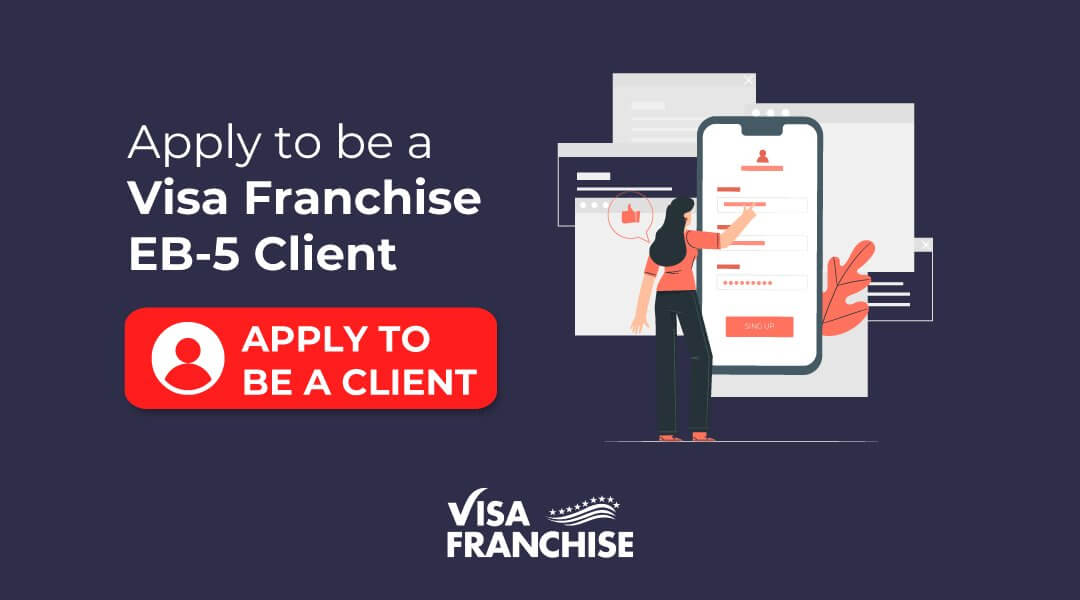How to Finance your EB-5 or E-2 Visa Investment? Part 2 of 3
Want to know how to finance your EB-5 or E-2 visa investment? Read part two of a three-part series about visa investment here.

Written by
Patrick Findaro
Published on
5 Apr 2022
Table of Contents:

Many prospective EB-5 and E-2 investors have liquid assets. Others are unwilling to sell or possess U.S. real estate assets. Others are not happy with the traditional 0.25 to 2.00% return offered by regional center projects. Whatever your investment approach and asset allocation might be, it would be worth exploring a few ways to finance the investment rather than investing straight cash. An EB-5 or E-2 investor can explore options to leverage their marketable securities, refinance a U.S. real estate holding or receive a loan from a family member. In part two of the series, we will explore the option to refinance U.S. real estate.

How to Finance your EB-5 or E-2 Visa Investment?
As opposed to the largest U.S. banks like JPMorgan Chase, Wells Fargo and Bank of America, which offer securities lending, most of the mortgage lending for non-resident aliens comes from smaller financial institutions. A non-resident alien is a citizen of a country other than the U.S. or a foreign national legally living in the U.S. Total Bank (a subsidiary of Banco Popular Español, S.A.) and Bank United have strong footholds in the Florida market for foreign nationals looking for mortgages on their properties.
Some banks lend up to 75% of the value of the home to non-resident aliens. Many EB-5 and E-2 investors own homes in New York, California and/or Florida, which they purchased with cash. Few investors know that they are most likely eligible for a cash-out refinance.
A cash-out refinance allows you to convert a portion of your home’s equity into cash. Which can provide money for discretionary spending such as supporting the $500,000 EB-5 investment.
With 25% down, a non-US resident can finance up to 75% of the property value. Foreign nationals can refinance through a fixed and or adjustable rate mortgage. Adjustable rate are 3/1, 5/1, 7/1 term for 15 or 30 years fully amortized loan. An EB-5 investor with a $1 million home can receive up to a $750,000. At approximately a 4.5% interest rate and apply the $750,000 to the EB-5 investment and related expenses.
How is the process and what documents do I need?
Often times, the bank can see if the home or condo qualifies for a cash-out refinance in as little as 72 hours. Then, depending on the appraisal and lending review process, the loan proceeds can reach the investor’s account within 45 days. Some of the information that banks require can include: a copy of the executed purchase agreement (or home title); a passport with a valid US visa and personal credit references (e.g. credit card or landlord letter). Some banks require that a checking account is active with at least 12 months of loan payments are maintained in the account.
Latest
From the blog
The latest industry news, interviews, technologies, and resources.
View all posts